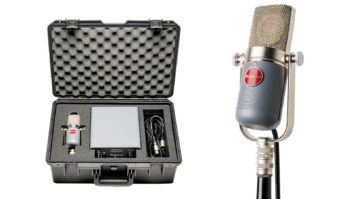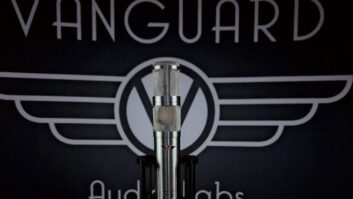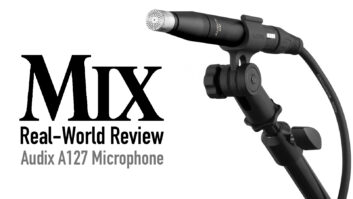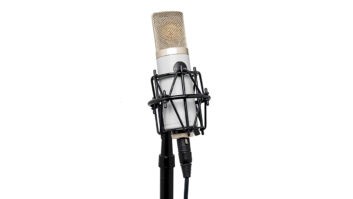The Mojave family of studio microphones has become a studio staple around the world. The company’s philosophy has been simple: make fantastic mics and make them affordable; but the newest mic in the Mojave family incorporates a slightly different approach: make a world-class microphone with absolutely no compromise whatsoever. The result is the $2,795 Mojave MA-1000, which is truly an audio gem that can hold its own against any microphone manufactured today.
Designed by David Royer (who won a Technical Grammy Award for designing the Royer R-121) in the sonic vein of the classic Telefunken ELA M 251, but with the best possible performance based on today’s technology, the MA-1000 is a low-noise, continuously variable multipattern tube microphone that ships in a rugged Pelican-style flight case. This is a serious case, too, unlike the many mics manufactured today that include a case that’s nearly as fragile as the mic they’re protecting.
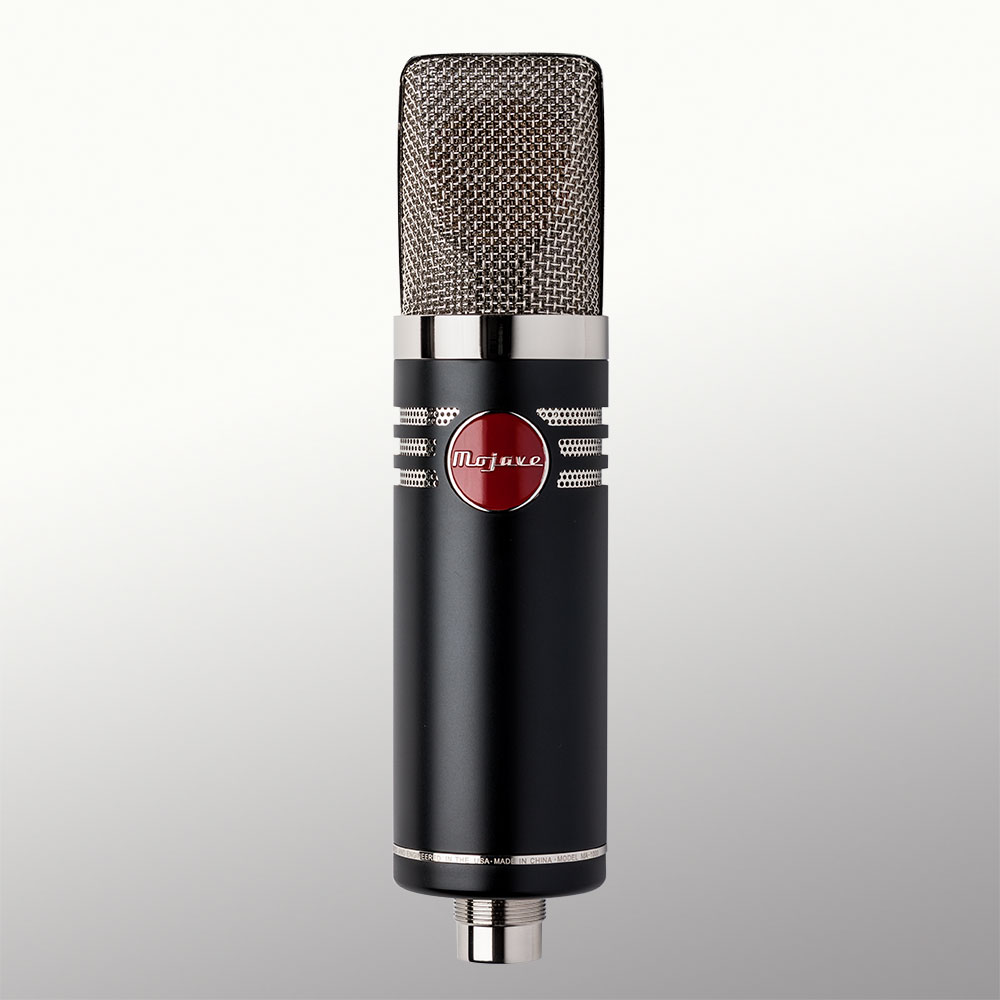
Included with the microphone is a Royer Sling-Shock shockmount (arguably the finest shockmount ever produced), power supply (internally switchable between 110 and 220 volts) and Mogami microphone cable equipped with Neutrik connectors to connect the microphone to the power supply. When fully loaded with the mic and accessories, the case weighs 13 pounds.
Related:
• Mojave Audio Debuts MA-1000 Large-Diaphragm Multi-Pattern Tube Condenser Microphone, Nov. 4, 2015
• Mojave MA-1000 Nominated for NAMM TEC Award for Outstanding Technical Achievement, Nov. 30, 2016
• Mojave MA-1000 Signature Series Mic Wins MIPA/PIPA Award at Musikmesse/Prolight + Sound, May 2, 2017
The MA-1000 itself is roughly 1 pound, measuring 7 5/8 inches long by 2 inches in diameter. It is assembled at the Mojave headquarters in Burbank, Calif., utilizing a 1-inch diameter, gold-sputtered, 3-micron thick Chinese-made capsule that is faithful to the original CK-12 used in the ELA-M 251. Other elements include a NOS 5840 tube and a custom-designed Coast Magnetics output transformer, which no doubt plays a strong role in the rich low-frequency clarity and detail apparent when recording male vocals, upright bass, piano and other sound sources with significant low-frequency information. The mic includes a 15 dB pad and a high-pass filter (6 dB per octave attenuation below 100 Hz).
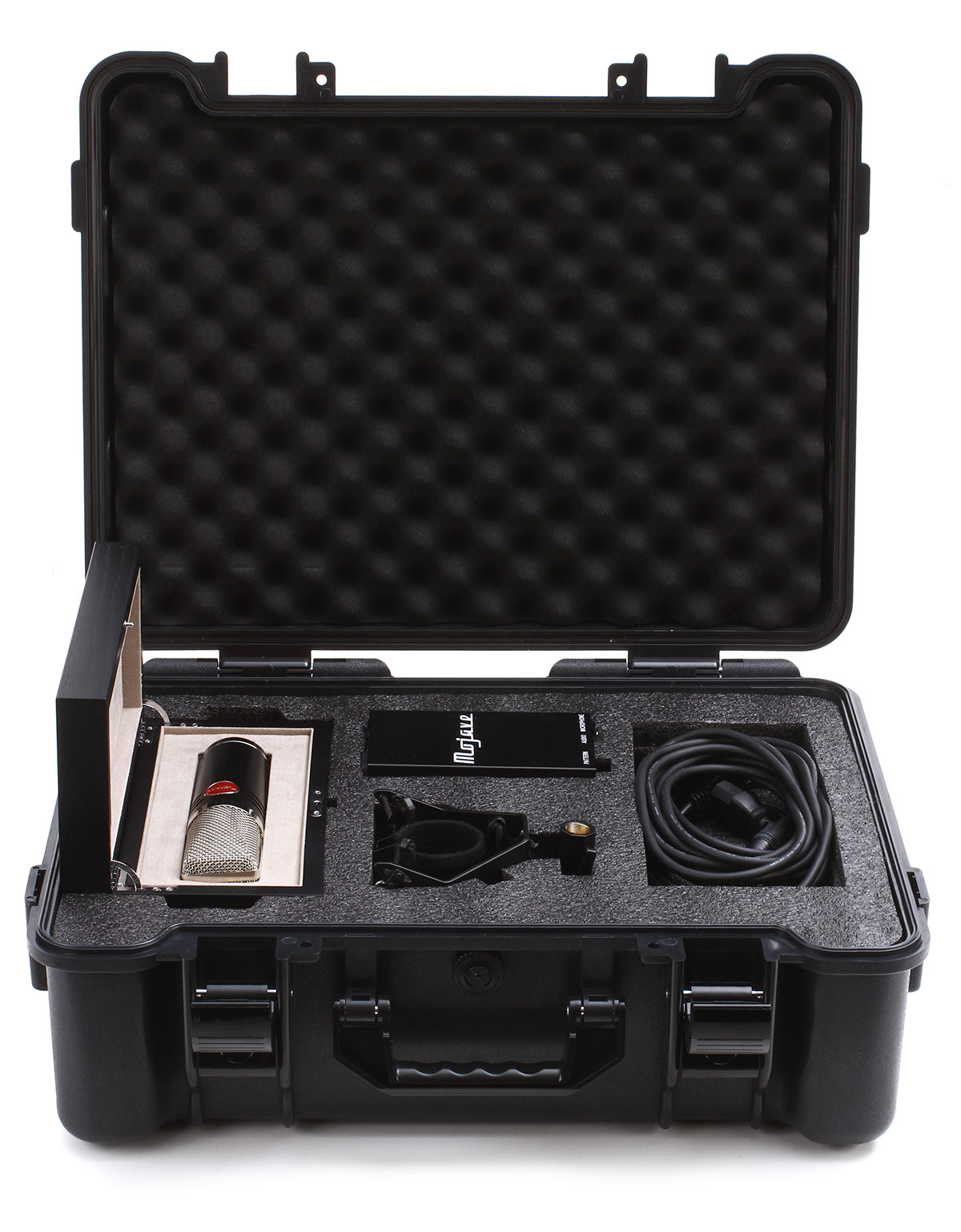
Beyond vocals, the mic is well suited for recording virtually any instrument. During my review period, I was able to use the mics—I had a pair of MA-1000s—to record piano, violin, upright bass, acoustic guitar, percussion, drum overheads and, of course, vocals, and in every instance, the results were fantastic. The mic provides a smooth, pristine, highly accurate sound that is reminiscent of classic recordings but with less noise, better low-frequency detail and an extended top-end. Male and female vocals both shine on the MA-1000; you’d be hard-pressed to find anyone who doesn’t sound spectacular on this mic.
The mic’s maximum SPL of 135 dB makes it a good option for recording electric guitar. I had great results recording a Fender Strat through a Vox AC30 with the mic placed 4 inches off the speaker grille, centered between the rim and the center of the speaker. I used a pair of the mics to record a Taylor 514-CE acoustic guitar and again had stunning results.
Mojave has set the bar high for current production tube mics. The MA-1000 beautifully captures virtually any sound source with a vintage sonic thumbprint and an unnoticeable noise floor.
Mojave Audio • www.mojaveaudio.com
